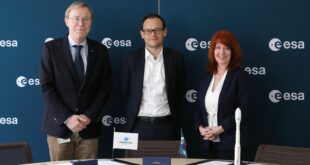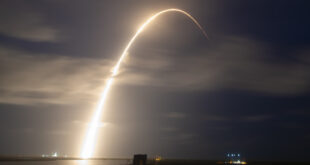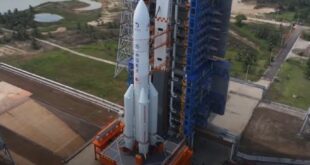
Ibadan, 13 October 2023. – A European Space Agency (ESA) – funded study has reported the state of Antarctica’s ice shelves, relying on information from the Copernicus Sentinel-1 and ESA’s CryoSat satellite missions. The study, which is now in the journal Science Advances, relies on 100,000 satellite radar images to produce a major assessment of the ‘state of the health’ of Antarctica’s ice shelves.
According to the study, 40% of the Antarctic floating shelves have significantly reduced in volume over the past quarter-century. While this underscores the accelerating impacts of climate change on the world’s southernmost continent, the picture of ice deterioration is mixed. In addition, the floating extensions of the continent’s ice sheet play a crucial role in stabilising the region’s glaciers by acting as buttresses, slowing the flow of ice into the ocean.
The research team, comprising scientists from the University of Leeds, found that 71 of the 162 ice shelves around Antarctica have reduced in volume, releasing almost 67 trillion tonnes of meltwater into the ocean. Apart from the issue of the ice shelves losing mass, this addition of freshwater into the ocean could cause knock-on effects for ocean circulation.
This study demonstrates how satellites are key to monitoring the remote polar region. The region is challenging for traditional satellites as the region remains in perpetual darkness during their polar winter. Here, satellites carrying radar instruments, which can ‘see’ through the dark and provide images and measurements year-round are particularly relevant.
The Copernicus Sentinel-1 mission is Europe’s prime radar mission, providing images no matter whether it is day or night and whatever the weather. Furthermore, ESA’s CryoSat carries a radar altimeter to measure changes in the height of the ice, which are necessary to calculate changes in actual ice volume.





